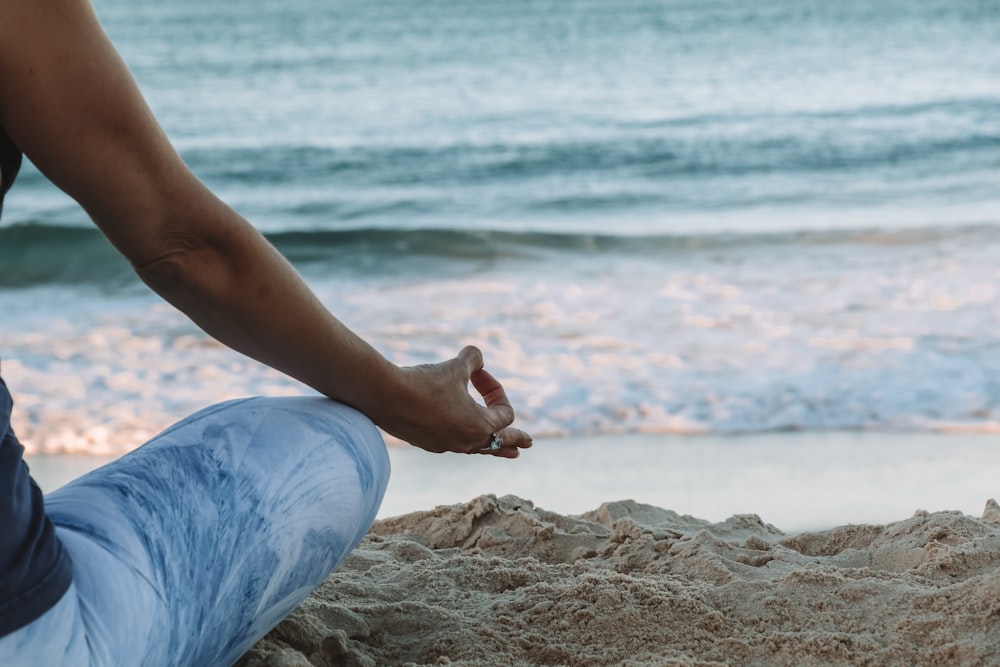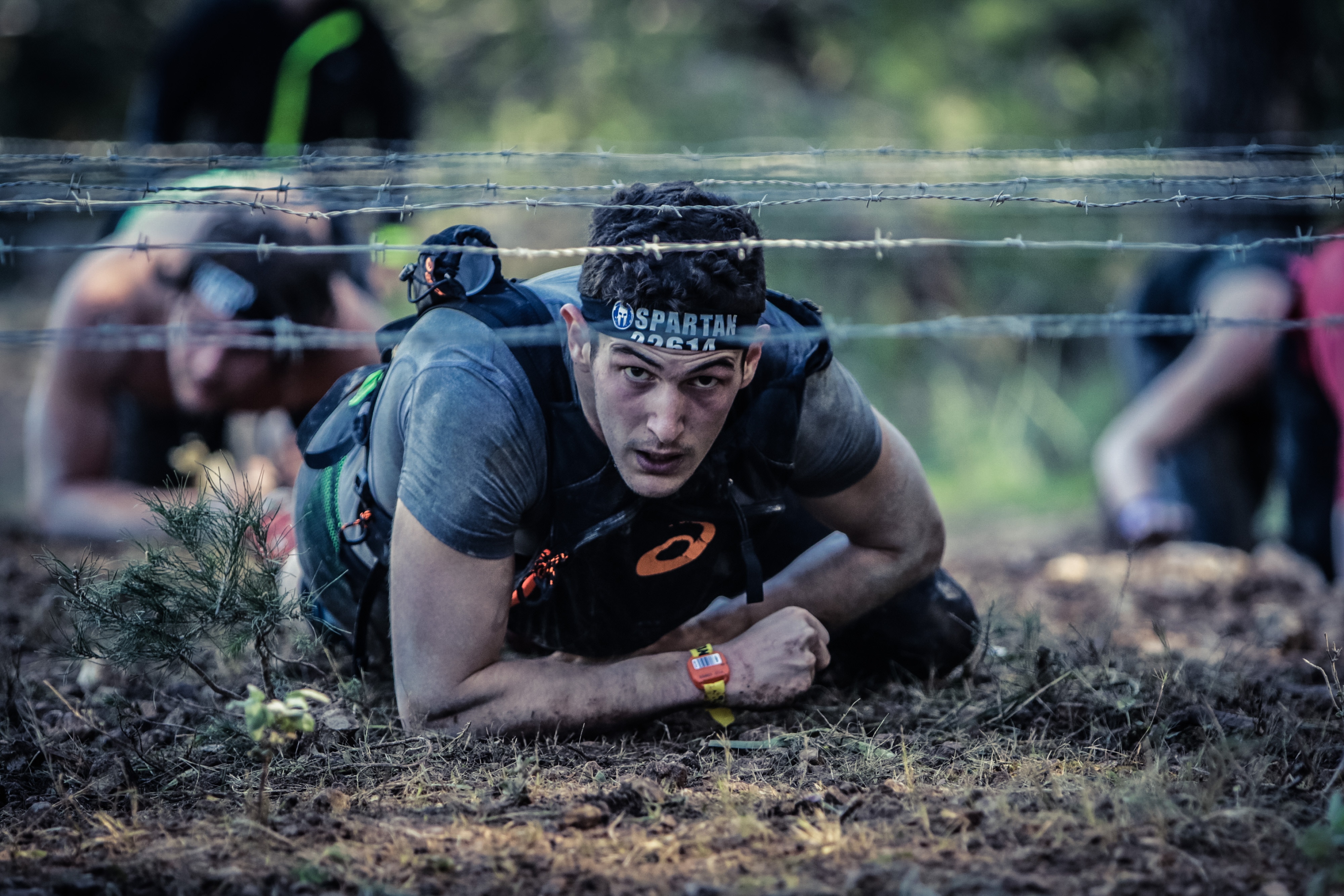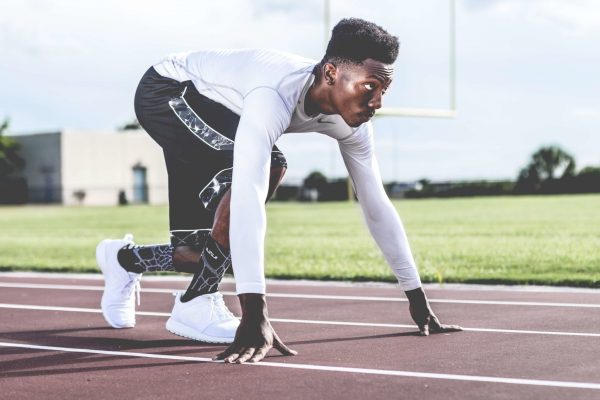It is obvious why we go to the gym. There we can strengthen the muscles, endurance, willpower…but what about the rest? Doesn´t the mind require the same care to evolve and get stronger? There are lots of bodybuilders and exteriorly fit people who from the inside don´t feel as strong as on the outside. It is the same as picturing a big and fierce dog that gets scared away at every chance of adversity. This applies to intelligent people as well since under pressure the decision making gets skewed, cognitive biases are common and therefore one must offer the same attention and build up the mind to make it as strong as the body or the intellect.
So what is mental strength/toughness?
Well, we can define it as a natural or developed psychological edge that provides the ability to resist, manage and overcome doubts, worries, concerns and circumstances that prevent you from excelling at a task that you set out to achieve. The early psychological research indicates that it is a result of both nature and nurture. Of course, some people are stronger mentally due to their upbringing, childhood, education, etc. But it is never too late to work on this! Mental strength is mostly about resilience, perseverance, concentration, the ability to cope with the pressure and above all, identifying and making friends with one´s demons. Yes, the inability to identify and cope with the dark sides often bring the most uncomfortable inner conflicts that don´t allow any chance of getting yourself out of your own way. So this is mainly about being at ease with oneself, being aware, mindful of why you react the way you react, accepting the flaws, committing to finding a solution, and finally, with lots of practice, the response to adversity becomes automatic and thus we can thrive under pressure. Above all, committing to work with this is the most important… and of course.. employing the right technics! There are tons of self-help guides that indicate some vague concepts and exercises that are merely based on pseudoscience, without a significant chance of actual impact. Here I will be sharing the exercises that worked with most people (including me!) which are based on reliable evidence from psychology. So I´m certain these will work out for you as well!
1. Meditation
A measurable body of research has explored the effects of the life-long practice of meditation. Meditation is one of the techniques that promote mindfulness, meaning the state of moment-to-moment awareness of one’s experience without the implication of judgment. Meditation is effective because it enhances (metacognitive awareness) self-awareness of the thought and mental processes that go on all the time but we never get the chance to observe them. By getting comfortable to stay quietly with yourself, you can develop a better relationship and acceptance of who you are, acquiring a self-insight which can further lead to greater voluntary control and thus enhance the mental well-being. Additionally, several studies support the idea that meditation can enhance attention, focus, memory, reduce emotional reactivity (coping with emotions), stress (or merely accept the things we can´t control), and of course, play a role in the spiritual aspects. By implementing your daily meditation in your schedule, you can benefit from its rewards such as increased focus, self-awareness and emotional control among others. But make sure that it doesn´t become to monotonic! Once you get used to it and become more advanced, you could experiment with other types of meditation or simply increase the duration. There is never a wrong way to meditate, everyone does it on how they see fit. Hence, the only wrong meditation is the one you didn´t do!
2. Gratefulness
Gratitude is one of the exercises supported by research from positive psychology. The main benefits of practising gratefulness involve: emotional, social, personality, career, and health benefits. Some of the emotional benefits involve increased happiness as more attention is directed towards the things that we appreciate in life. As one experiences gratefulness, the cortisol levels decrease and in this way, depression and anxiety are less likely to occur. Additionally, it can benefit the acceptance of your own personality and thus enhance the self-esteem and well being. By being grateful for who you are and how far you´ve gone clears the path for a successful collaboration with yourself as it brings upon a sense of serenity. Likewise, by expressing gratitude for the people in your life, you can build up stronger relationships and appreciate the positive impact they make on you. Gratefulness can be practised by simply writing down a few things you´re grateful for in your life at the moment, possibly every evening or morning. Or simply reminding yourself of the things you´re grateful for at the end of your meditation can work out too!
3. Self-Awareness/ metacognition
Metacognition is basically thinking about thinking. It includes a critical awareness of one’s cognitive processes such as thinking and decision making. A metacognitive exercise can be observing one´s reaction to a specific situation such as physical behaviour, the thoughts that arise and the emotional state. Metacognition is brilliant because it allows you to get to know yourself better, your pattern and trends, and it can also prevent biases in decision making (observing when the fast mind- system 1) makes decisions instead of your slower, more logical mind- system 2). One study that proved the effectiveness of metacognition involved the participants resisting to check the phone when a notification came up during a test. The longer the participants resisted, the better results to the test were, since multitasking often results in a decrease of concentration and performance. Therefore, by observing the automatic habits and reactions, you can adjust and prepare your alternative response when a specific situation arises. This especially applies to “under pressure” situations. By being aware of your own tendencies, you can always remind yourself of what it is important at the moment and refocus on the task at hand. But make sure that you don´t overthink your own thinking! It can get confusing!

4. Imagery
Mental imagery or visualization can play a major role as a performance-enhancing, behaviour adjusting or relaxation tool. Imagery refers to the creation or recreation of specific events, images, circumstances, behaviour, and it usually involves all 5 senses. Among the various types of imagery, the most common are kinesthetic (feeling the muscle contraction in a specific physical activity, such as an athlete throwing a ball), visual (relying more on the sense of sight, for example, artists trying to envision a work before starting on it), emotional (imagining specific emotions and replacing destructive reactions with positive ones). Above all, imagery is crucial in order to make sense of previous information, employ effective problem-solving and also activate the creative state of mind. Here we will focus on the imagery that aims at changing behaviour which is usually used when coping with emotions or improving decision making.
So first, by using the metacognitive strategies mentioned earlier we are aware of the automatic behaviour that occurs to a specific stimulus or emotion. Now, in order to adjust the response, we can imagine that specific situation vividly and include all the senses such as visual, tactile, auditory, olfactory and more seldom taste. Before visualizing, make sure that you recognize the feeling the emotion provokes in the body, the thoughts that arise instantly, and the reaction to these (better write it all down!) Next, when starting the intervention, relax the body and activate the senses (to activate the mind´s eye, imagine something simple first such as a glass filling up with water). When the mind is calm and ready to start, slowly make the transition to the imagery process and picture the environment you´re in, preferably imagine yourself in the first person. Afterwards, when picturing the situation, still feel the physical condition, listen to the sounds and observe the visual details that are present in those circumstances. However, once the emotion strikes, you observe it, accept that it´s there and remind yourself of what´s more important to do in that situation. See yourself replacing the automatic/ common reaction with the preferred one and finally succeeding at whatever you´re doing, whether it is a speech, an interview, a sporting performance, a specific skill, or even an interaction with somebody.
5. Goal-Setting
And the last but not the least, setting goals is what determines the structure in our lives. It´s what gives a direction, what motivates us and shapes meaning to whatever we´re doing. By setting SMART long term, short term and daily goals, we´re already making the target more realistic, more in our reach. It´s what guides us to choose the right moves, at the right time, and in the right way. Check out why goal setting is important here and how to do it effectively here.
I hope these 5 mental exercises will be of good use to you. Let us know how it goes!





